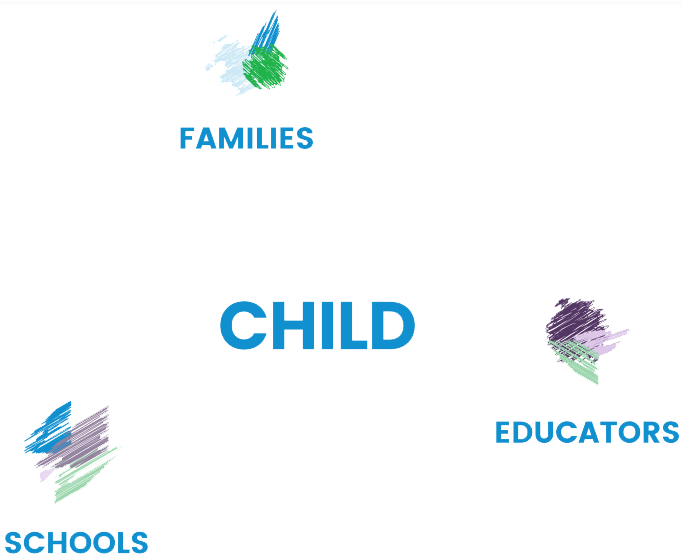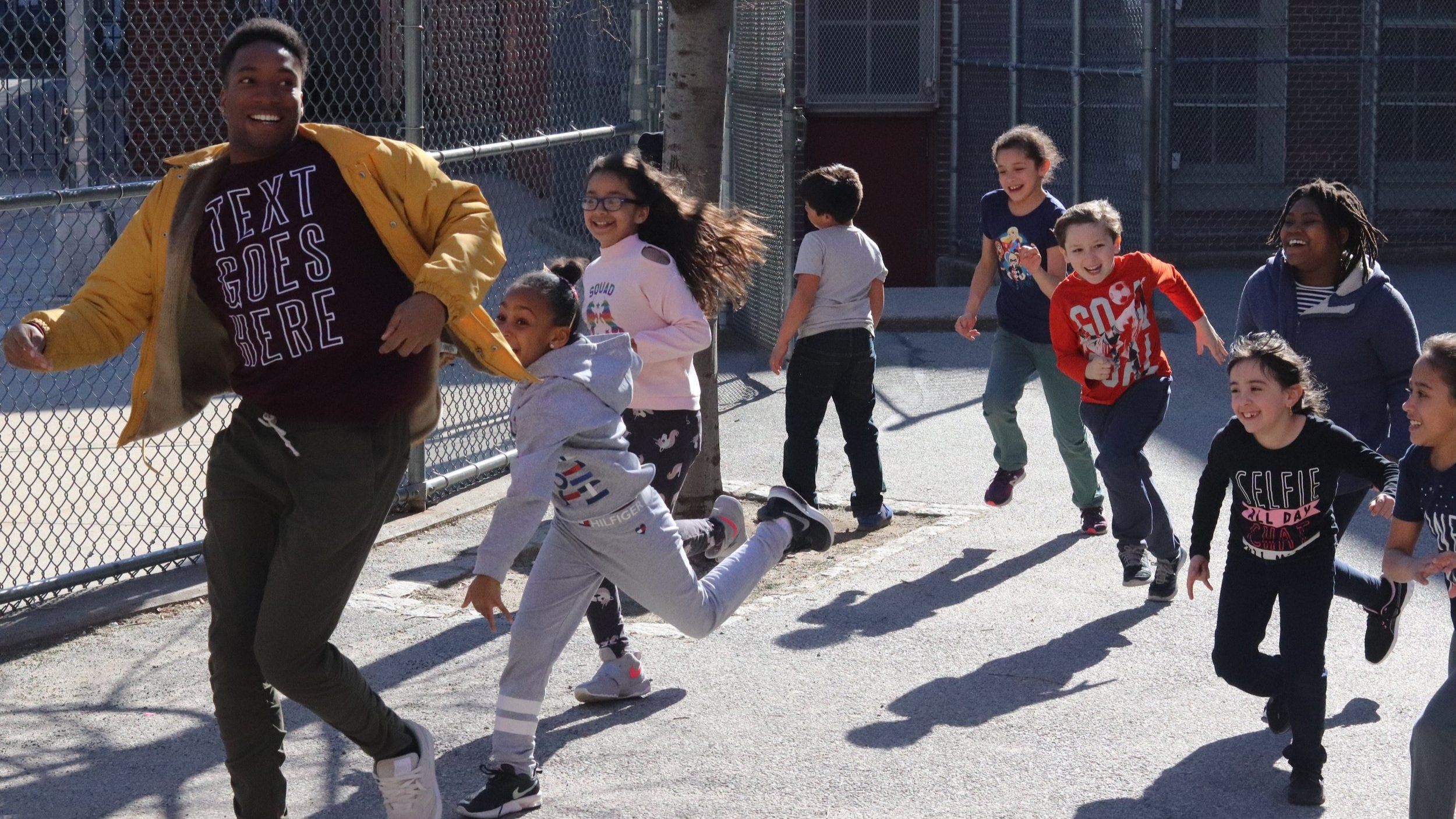Co-creating authentic Communities
Children need to be seen.
To do the all-important work of exploring who they are and who they will become, they need to be celebrated as unique individuals and to be told over and over again that they matter.
-

Programming for schools
Learn More -

Programming for educators
Learn More -

Programming for families
Learn More
We’re here to help you make certain that the kids in your lives feel safe enough to be brave enough to take these risks.
Whether you’re connecting with children in a classroom, across a computer screen, or at the kitchen table, you’re a positive presence, a deep influence, maybe the biggest support system they have. The Children’s Arts Guild exists to ensure that kids have endless opportunities to step to the edge of their own expectations and walk a little further out each time. And if they fall, it’s okay. Because they know that you, the adults in their lives, will be there to help them pick themselves up and keep going. We’re here to help you make certain that the kids in your lives feel safe enough to be brave enough to take these risks. Let’s support them so they can contribute to the world on their own terms—proudly, confidently, authentically.
On December 15th, Guild President and CEO Alex Kopelman presented testimony to the New York City Council Committee on Cultural Affairs, Libraries, and International Intergroup Relations on the impact of COVID-19 on Art and Cultural Education Programming in New York City. We call on the Council and the Administration to allocate funding to ensure that online creativity education is accessible to all children.
In the second installment of our new interview series we talk with Kezia Plummer. Kezia is a speech language pathologist teaching in Brooklyn. We first met Kezia as a Self-Care workshop participant and she has quickly become one of our greatest advocates for the Self-Care practice. Starting this fall, we are proud to have her join the team as one of our self-care workshop facilitators. She spoke to us about the importance of self-care for educators and how working small can help you achieve big goals.
The Guild is launching a new project where we’ll be sharing a series of short interviews with educators across the country to find out how they are implementing authenticity in their classrooms.
Our first interview is with Kindergarten teacher Tobi Waldron who spoke with us about her unique parent-teacher approach and how engaging parents can set the tone for a productive school year.
For the past nine years, the Children’s Arts Guild has been pioneering an education technique we call “Authenticity-Based Social-Emotional Learning” that provides exactly the kind of mirrors and windows needed to accomplish New York’s new Culturally Responsive-Sustaining Education goals.
It actually surpassed my expectations. There was time for reflection about our current teaching practices and an emphasis on the importance of students practicing mindfulness in the classroom. The course provided insight that the teacher could be a model of perseverance and resilience for a student. I liked the method of using an art project that could help students express their feelings.
Central to my beliefs about teaching is that students are humans and it’s my responsibility to honor and support that in every interaction. Being human is a tricky business. Humans make mistakes; that’s how we learn. Humans also have emotions that are connected in part to our sense of belonging. Belonging is important. In every interaction with my students, I try to hold these two beliefs central to the choices I make about how I respond. Whether we are celebrating a piece of work a student has done, giving suggestions about how to improve something, or redirecting a child who’s throwing rocks into an icy pond, I am conscious of their humanity.
Teaching has been described as both an art and a science. Looking to the discipline of art - the seriousness with which artists learn to see, draw, paint, and create - can transform our classrooms. Rather than seeing art as “extra”curricular or as a “special” subject, what would it mean to take art seriously in our schools? To place it at the core of what and how we teach children. Beauty should not be reserved for the lucky few but insisted upon for all.
Melissa Ospina is a former elementary school teacher, instructional specialist, and newly appointed Vice Principal of The Incarnation School in Manhattan. A lifelong New Yorker, she was raised in, has taught for, and is educating her son in New York City schools. Over the years, Melissa has become a fierce advocate for children, teachers, and parents alike.
For over thirty years, educational theory has prioritized standards-based learning over student’s individual needs. But emerging research has begun to show that a new way of teaching is possible. Inspired by the latest pedagogical research, we believe we need to shift our focus and recenter our classrooms around our students as individual learners.

All children need an interconnected web of grownups who teach, nurture them, and give them roots.
But what is it that gives kids the encouragement to step further out into the world?
What is it that gives them the courage to take risks, express what they know, share how they feel?
What is it that helps them not only feel good in their own skin but confident, courageous, and truly proud of who they are?
It’s being seen by us, the adults in their lives. When this happens, children begin to see themselves. And with this growing understanding of themselves comes the confidence and courage to contribute to the world on their own terms—proudly, securely, authentically.











Preschool teacher Lizelle Canque showed us an amazing technique she learned from her kindergarten which she uses to this day to help her reduce stress and let her tap into her creativity. One of the things we loved about Lizelle’s piece is that it demonstrates the profound impact educators can have on their students' lives long after they have left the classroom. Years later, Lizelle not only uses the technique for herself but she now uses it with her students as well. Watch the video below to hear Lizelle explain the technique and how she uses it today.